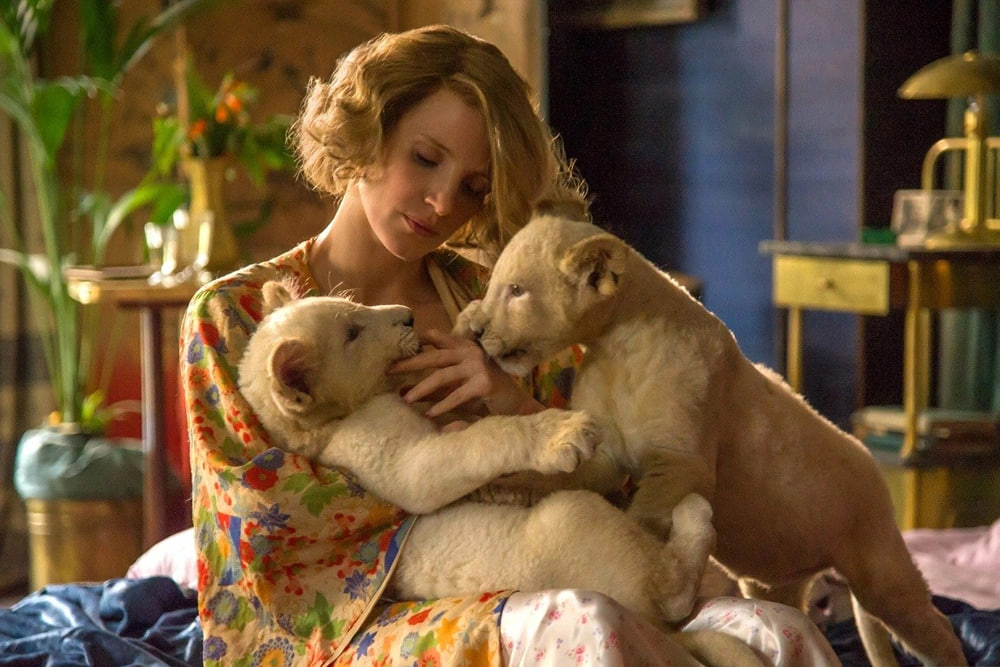There is probably no topic more hotly debated on the internet right now than the TV series “The Boy’s Word.” They talk about the series in their kitchens, discuss it at work and even choose men’s style as the theme of corporate events. The fact is that the project of director Zhora Kryzhovnikov became the main news source at the end of 2023. We also did not stand aside and learned the authoritative opinion of the writer Konstantin Obraztsov about the new cultural phenomenon.
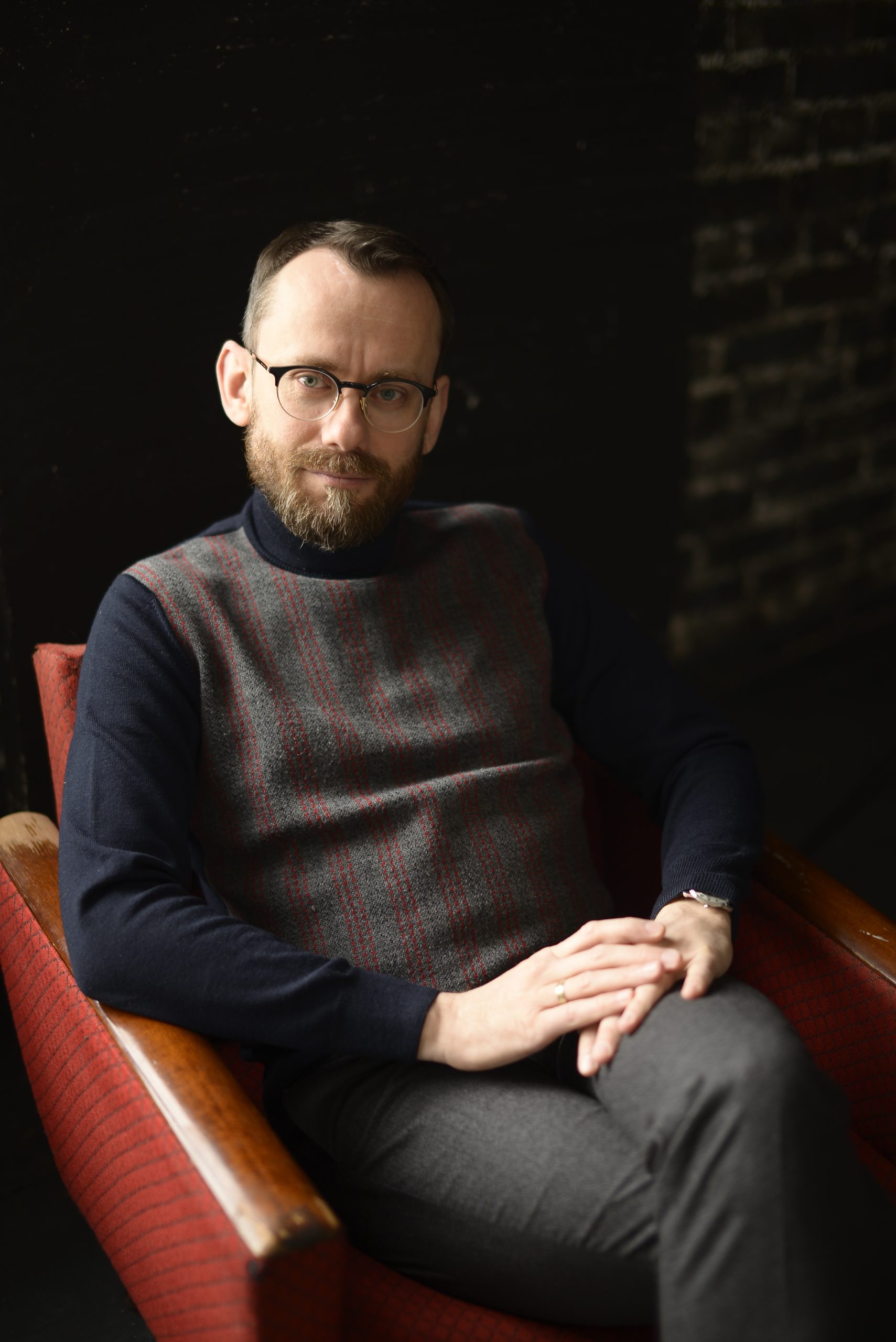
Konstantin Obraztsov, writer
Konstantin, in one of your novels, “Cult”, which is planned to be adapted into a movie in the near future, the main characters are fourteen-year-old teenagers who essentially create their own quasi-religion. The popular series “The Boy’s Word” also features teenagers who make a choice in favor of a kind of “cult” of criminal “concepts”.
Did you watch this series as a writer exploring the theme of youth culture or just as a viewer?
I was asked to look at the events depicted in the series from a contemporary perspective to answer the question: Was it really that scary?! In fact, the young heroes of the film are my peers: the action takes place in early 1988, they are 14 years old, I was 15 then, and I can say that a lot of material and social culture is conveyed surprisingly accurately, but the real It concerns the cruelty of the youth world of the late Soviet period, but most things have been greatly mitigated.
Although I do not live in Kazan, St. I studied at the “eight-year school” of the most disadvantaged district of that time in St. Petersburg and I can say that everything that happens even directly within the walls of the school cannot be that way. it will only be shown on screen, but will be described in an interview. There is enough cruelty and violence in “The Boy’s Word”, but there is no need to talk about overly harsh realism.
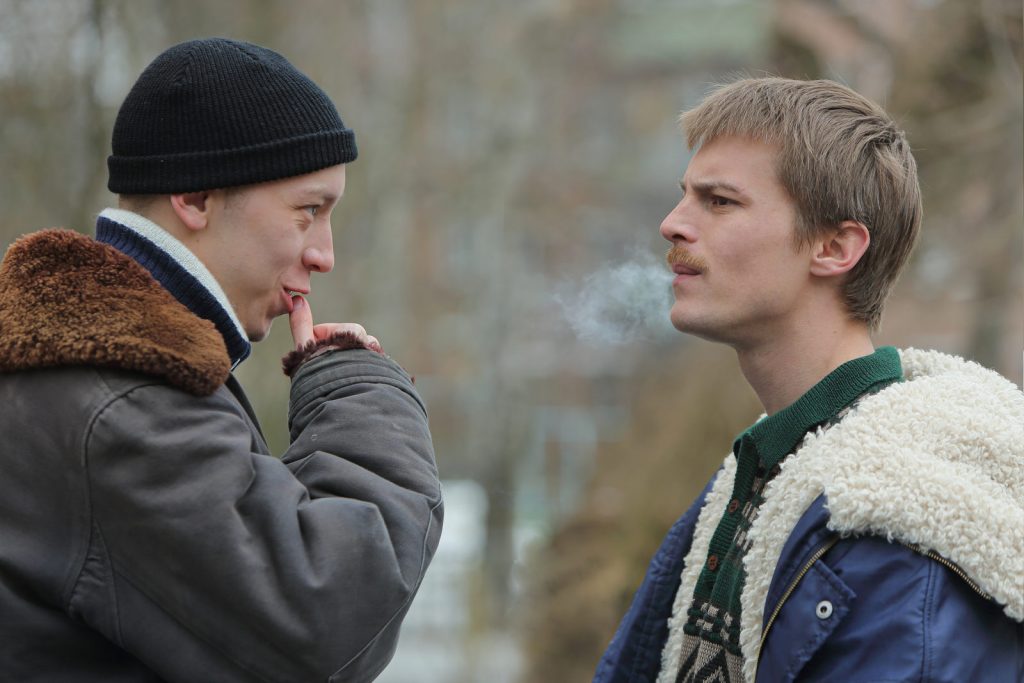
If the authors suddenly decided to follow the truth, they would have to show not only the cheerful meetings of young gopniks with baked potatoes around the fire, but also what they do with the lonely girl they met on an empty street, because no “concept” would save her from the brutal gang rape of all these Yeralash and his other loyal friends can’t save. Or how a man who was stripped and beaten until he lost consciousness was forced to open his mouth, pinned him to the pavement with his teeth, and jumped on his head.
The funny story about the chosen hat would go on to be told in a true crime chronicle of the time: He was found dead there, shortly after the robbery victim, with the help of the police, miraculously managed to find the young robbers and return his hat. the same hat is nailed to his head. However, we can also see this in the series.
During the so-called “rebound” of a boy who was a coward and deceived his comrades – and here the viewer sympathizes with harsh justice, but of course! – they don’t spit in this kid’s face, they piss with the whole gang, because that’s what’s required according to the rules. However, the feature-length series is not a documentary; They have other duties. Moreover, if the authors showed reality as it is, it would be completely impossible to sympathize with the characters.
Many people condemn “The Boy’s Word” precisely because it romanticizes violence and reflects the cruel morality of teenage street gangs, do you agree?
The important thing is not romanticization, but that the events of the series follow the dramatic logic characteristic of crime drama. The development of the plot is typical for this genre, so much so that the series can be called “Once Upon a Time in Kazan” or “Good Boys” by analogy with the films of Leone and Scorsese.
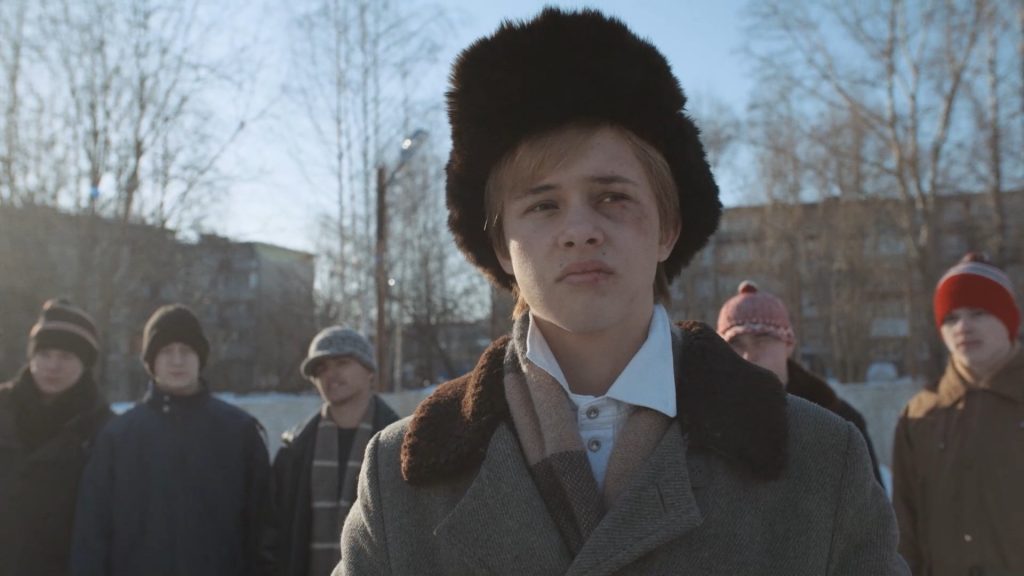
When an initially unattractive person enters the criminal world, he receives benefits and advantages: his private problems are solved, new friends appear to be the “good guys”, and the criminal life is depicted in a deliberately clownish, even humorous tone. Then comes the first encounter with the unpleasant essence of the criminal world, violence ceases to be funny, death seems terrible, as it should be, and everything ends in disappointment, often with an extremely bloody ending. The main character himself usually transforms twice as the plot develops: the first time – into an active adherent of criminal concepts and a notorious bandit, the second – into a person experiencing moral catharsis, thinking a lot and ready for internal renewal. .
I believe we will see something similar in the finale of “The Boy’s Word,” especially considering that the spiral of violence gradually unravels and events finally lose the appeal of the thieves’ romance.
I note that this is an archetypal plot often characteristic of myths and fairy tales: a profane character who goes through the path of initiation to complete it as a true hero.
Why has the youth gang culture of 35 years ago become interesting and attractive to modern young people?
For the same reason that crime-related “concepts” were attractive both then and now: above all, for the lack of other meanings. These “concepts” are influenced by the spiritual and mental emptiness, and how this is formed in adolescents and why it cannot be filled with what the traditional world of adults offers is a separate question.
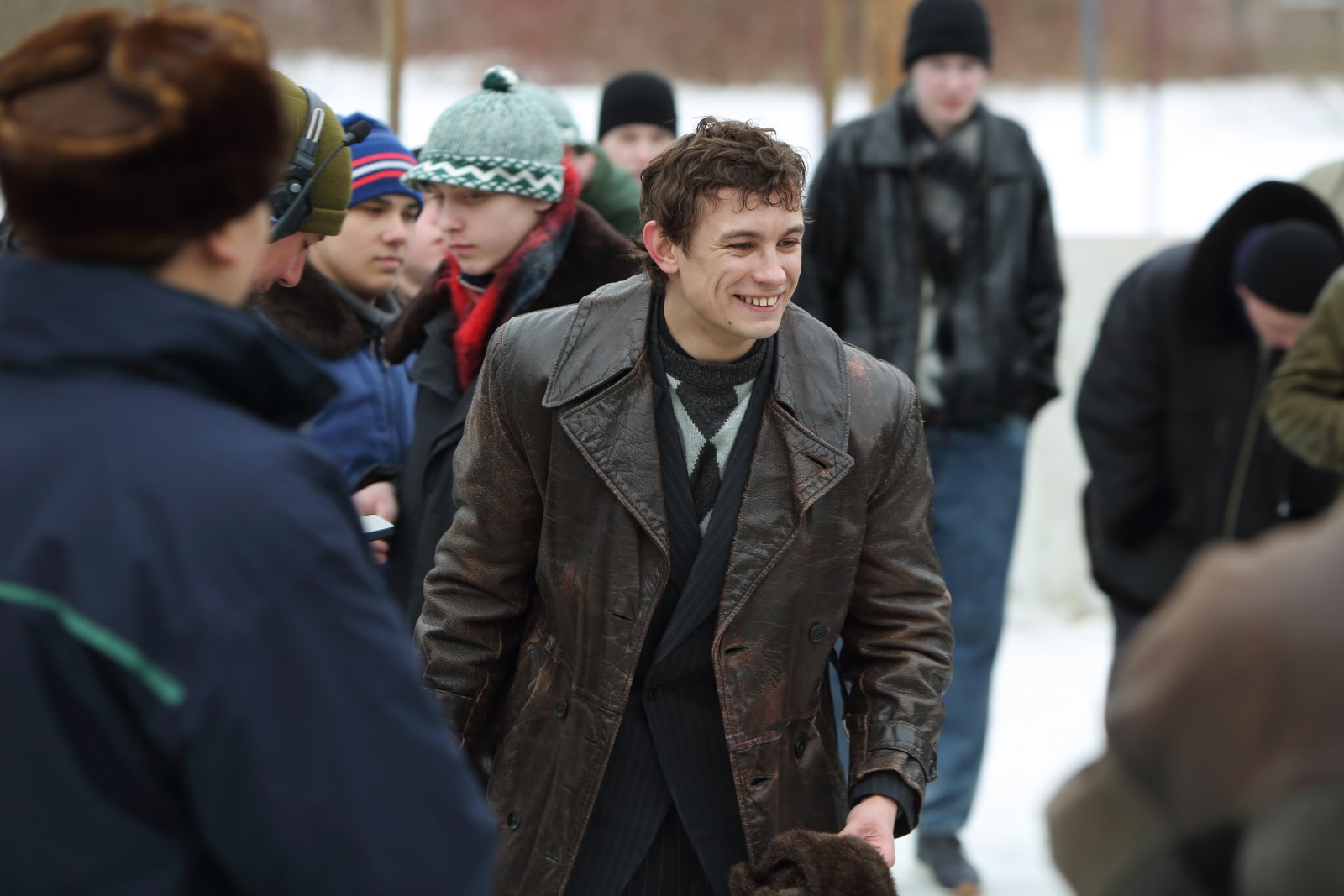
In my novel “Cult,” which you mentioned at the beginning of the talk, fourteen-year-old protagonists fill the void of meaning and value by creating their own cult of worship of a fictional goddess who suddenly grants their wishes in the most horrific way. path. This shocks them, frightens them, but not enough to refuse the simple trade of fulfilling their own desires in exchange for the suffering of others.
This is a metaphor, of course. But in the series “The Boy’s Word,” the characters actually make the same choice: to meet their own needs at the expense of the pain and suffering of others. Everything has a price here, and the further you go, the bloodier it gets.
The second reason is the ontological appeal of criminal values. This appeal is determined by the almost ten thousand years of dominance of the patriarchal-military culture with its inherent tribal morality and xenophobia. A strict hierarchy and unquestioning submission to the elders due to the absence of the problem of independent choice and responsibility are attractive, remember, as in Vysotsky: “We do not need to think – the one who will decide everything for us is with us. ” Here the elders and “concepts” decide.
While moral norms are determined by the categories “us” and “stranger”, “friends” are always right and “strangers” are a priori bad, so any violence against them is justified. It should be noted that this double morality is very accurately reflected in the poems of the series “The Boy’s Word”: when “our guys” rob an apartment and take away the VCR, it looks fun, dashing, and you even somehow sympathize with it. boys; but when these children are brutally beaten by “strangers”, restoring justice in full accordance with the “concepts”, then it is not so fun. Of course, the first murder in the series is committed by “strangers”, and violence against an underage child is also committed by a “stranger”, and we are invited to accept the contract to which “our” “universamovsky” people have joined. Be bearers of street morality.
There is also elitism here, characteristic of traditional culture, in which society is divided into unequal parts: “boys” who live according to “concepts” and a ruling elite consisting of “chushpans”, for whom any crime is not considered a crime. crime and who can and should beat, rob and rape.
The values \u200b\u200bof various formal and informal social institutions have been based on this archaism for thousands of years, so there is no reason to be surprised at their attractiveness for young people, who, as we know, sometimes listen little to adults, but always copy their behavior perfectly.
As a member of that generation, do you feel nostalgic while watching “The Boy’s Word”?
Chekhov wrote very accurately about nostalgia: “It’s good where we are not; “We’re not in the past, and that looks beautiful.”
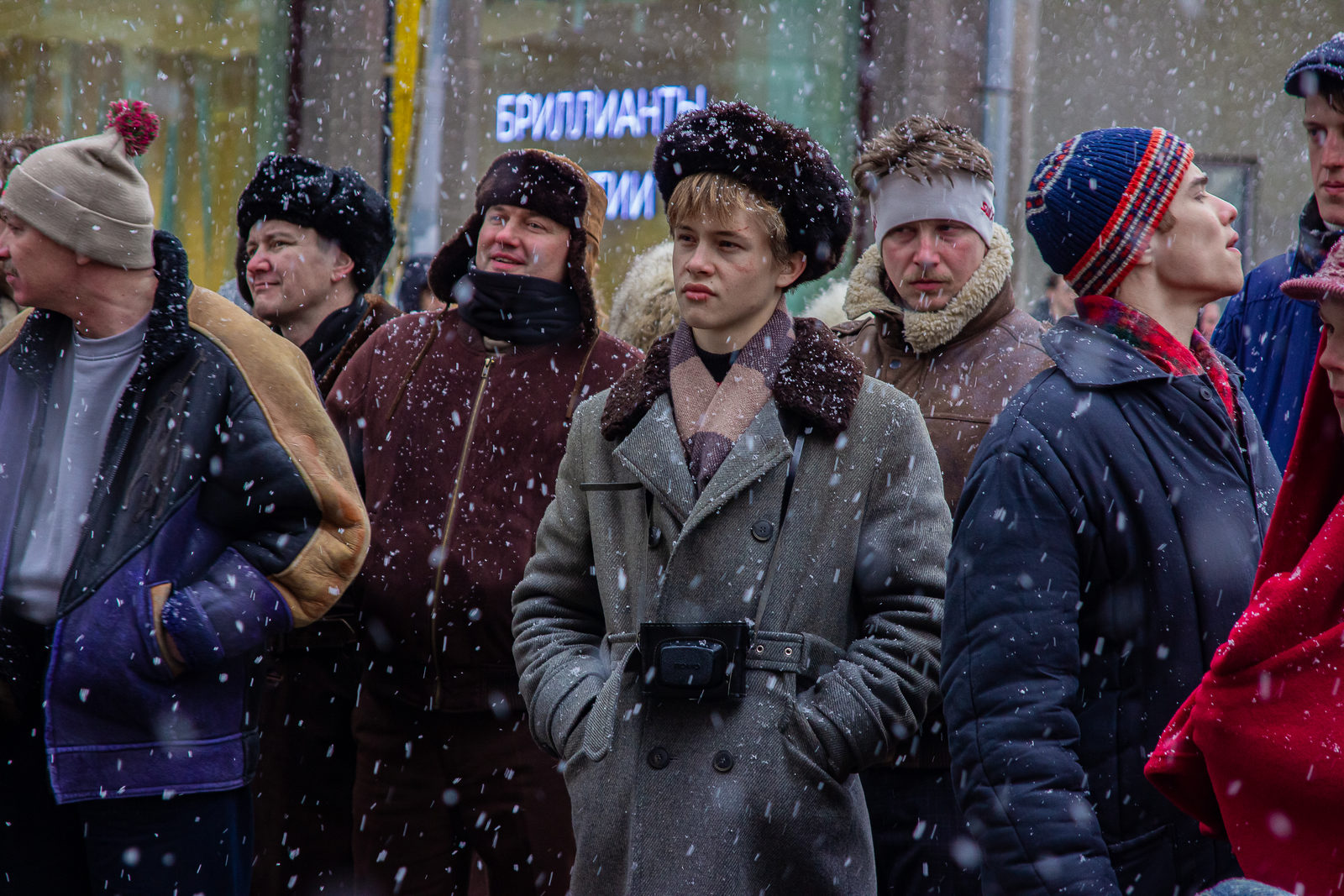
The prism of time is almost always rosy, especially for those who have the best memories in life of childhood and adolescence. There is also the memory substitution effect: Sometimes, instead of real memories, we use the image of our past, created in movies of that time or later. It’s always sunny there, there are true friendships, first loves, pioneering bonds, and a guest from the future runs a hundred years into the future, promising the ’85 school kids that everything will be wonderful.
We respond to recognizable material and cultural signs of the period and involuntarily rejoice at the meeting: the tassel on the “cockerel” hat, the phrase “on the machine” when answering a phone call, a tape recorder carried on the shoulder. (though it would have to be in a plastic bag, and it’s totally unthinkable to imagine kids marching to the tunes of “Tender May”). Even the thimbleman’s hymns are memorable, because I, for example, can still recite them from memory: “A troika flew over the country, Mishka, Raika, perestroika! Local vision screening cooperative! These three moves for dizziness! I found a full one and went to the restaurant; I found an empty one and walked out with no pants!”
But if you do not deceive yourself and really remember whose head these “roosters” were drawn to, where you were going and what you did to the sounds coming from the tape recorder on your shoulder, not to mention the “machines” near the subway, then nostalgia somehow disappears immediately. And I don’t want to go back.
Thank you, but this is no longer necessary.
*The author talks about Sergio Leone’s movie “Once Upon a Time in America”
Source: People Talk
Errol Villanueva is an author and lifestyle journalist who writes for The Fashion Vibes. With a passion for exploring the latest trends in fashion, food, travel, and wellness, Errol’s articles are a must-read for anyone interested in living a stylish and fulfilling life.




